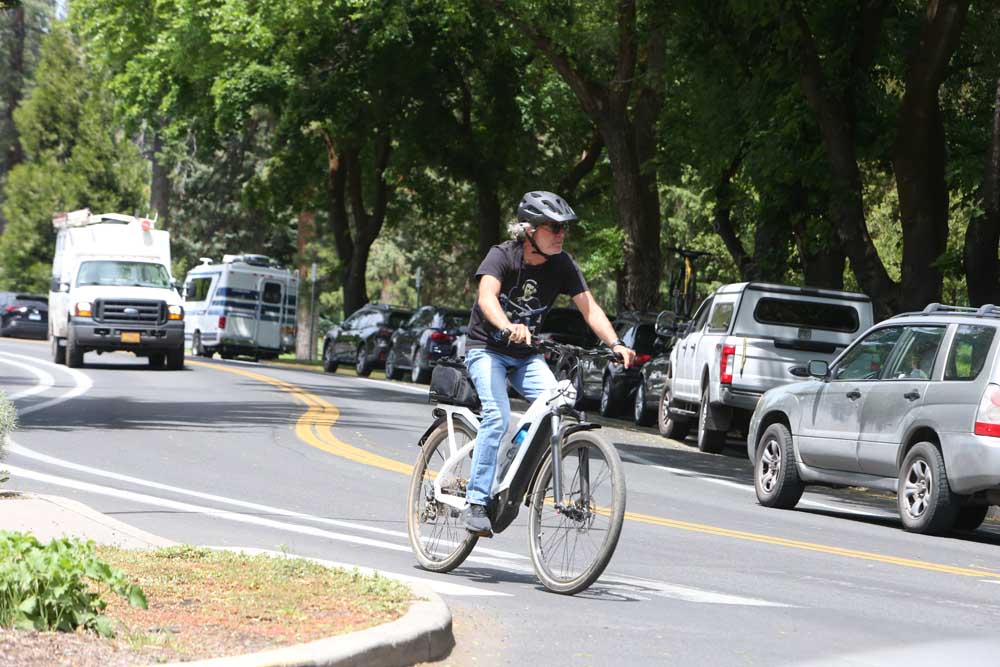National wildfire officials boost U.S. risk level
Published 11:20 am Tuesday, June 24, 2025

- The national wildfire risk level was raised to level 3 on June 21. (Courtesy National Interagency Fire Center)
The national wildfire preparedness level increased to 3 early June 21, on a scale from 1 to 5.
Higher numbers indicate a boost in fire activity, more conditions associated with ignition and spread, and greater risk that firefighting resources will be stretched to or beyond capacity.
Several areas of the U.S. are seeing hot, dry conditions and dry fuels, increasing the potential for new ignitions and large fire growth, according to a June 23 National Interagency Fire Center report on current activity and conditions.
Wildfire activity “remains elevated across the country” with six new large fires, 22 uncontained and 29 managed with strategies other than full suppression.
Fire preparedness levels are issued by the National Multi-Agency Coordination Group comprised of wildland fire representatives from each agency based at NIFC in Boise.
Preparedness Level 1 means local resources with little or no national support can accomplish incident management objectives in U.S. geographic areas, and that there is little risk of drawing down capability in any area to support incident operations, according to the Fire Center.
At level 2 — declared this year from May 15 to June 20 — resource capability remains stable enough nationally to meet needs, but national support may be needed in active areas. Drawing down resources from inactive areas poses low to moderate risk should conditions change.
Preparedness Level 3 means mobilization is required to sustain incident management operations in active geographic areas, according to NIFC. National priorities are established to address demand for resources shared among areas. Drawing down resources from inactive areas poses moderate to high risk should conditions change.
Fire managers in 2024 went to level 3 on June 27, close to the long-term average for the move from level 2, Stanton Florea, an NIFC spokesman with the U.S. Forest Service in Boise, told Capital Press.
“We’ve seen an increase in the ordering of resources and in fire activity, in the Southwest and in the Great Basin and Alaska in particular,” he said. Activity also has increased in parts of the Northwest and California.
“Things have just generally gotten a little bit busier,” Florea said, with lightning increasing in spots and “more resources being ordered nationally. So we bumped it up to PL3.”
NIFC on June 23 tracked 48 active wildfires totaling 244,882 acres, according to the center’s daily Incident Management Situation Report.
From Jan. 1 to June 23, wildfires have totaled 33,013, involving nearly 1.65 million, according to the NIFC national fire activity report for June 23. A year ago, fires totaled 15,102, and nearly 2.23 million.
The 10-year average for the year to date is 25,074 fires and nearly 1.66 million acres.






